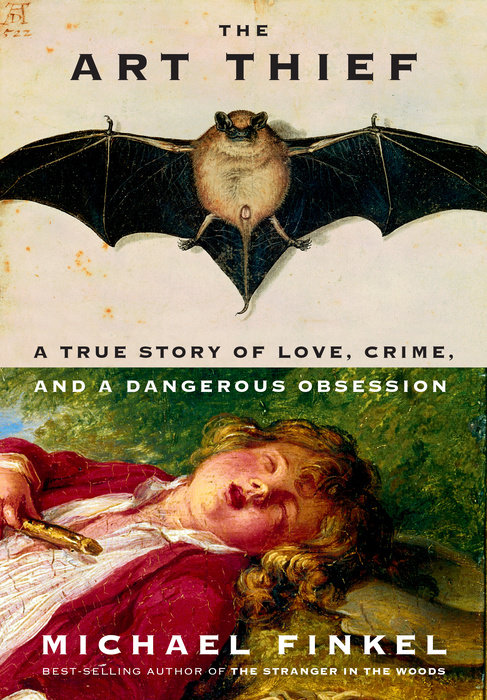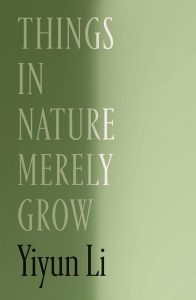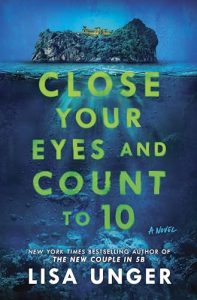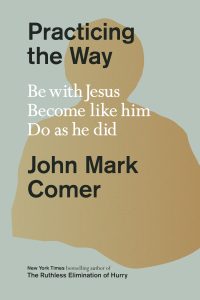
Michael Finkel’s The Art Thief reads like a heist thriller that happens to be true. It follows Stéphane Breitwieser, a soft spoken Frenchman who relieved European museums, churches, and small galleries of hundreds of Renaissance and medieval treasures between 1995 and 2001. He did not steal for cash. He stole to live with beauty. That single fixation turns this from a caper into a character study of obsession, complicity, and extraordinary loss.
What the book covers
Finkel reconstructs more than two hundred heists across eight years, most carried out in daylight while Breitwieser’s girlfriend, Anne Catherine Kleinklaus, kept watch. The couple drift from Alsace to Belgium to Italy, blending in with tourists in sensible coats, then surgically freeing a painting or chalice with nothing more than a pocketknife. The loot never enters the market. Instead it fills two attic rooms in his mother Mireille’s house, a private salon of stolen splendor that the pair admire at arm’s length like devout curators of their own secret museum.
The string finally snaps. Arrests follow, relationships rupture, and in the book’s most shocking turn, the stash is largely destroyed. Silver, ivory, and metalwork are dumped into the Rhine. Many paintings and wood carvings are burned. Even readers who came for the thrill may leave grieving the cultural damage.
Why it is so compelling
- The crimes are audacious yet strangely intimate. Breitwieser is not casing vaults with lasers. He targets smaller institutions with thin staffing, quiet hours, and vulnerable hanging hardware. The low tech method is exactly what makes the story chilling.
- The psychology is fascinating. Finkel paints a portrait of a collector whose love of art blurs into entitlement. Breitwieser rationalizes his thefts as preservation and communion with beauty. The book invites you to weigh admiration against ethics and to consider how obsession can masquerade as devotion.
- It moves. The narrative is brisk, compact, and laced with cliff edge moments that would feel implausible in fiction. The audiobook, read by Edoardo Ballerini, heightens that cinematic effect and is a standout option for audio fans.
Where the book divides readers
- Tone and distance. Some readers will appreciate Finkel’s restraint. Others will want more prosecutorial heat and a firmer moral line. At times the present tense narration and cool neutrality can feel like aestheticizing the crimes. The result is engrossing, although it occasionally reads as if the author ceded control to the subject’s self image.
- Repetition in the middle stretch. The heists accumulate, which is part of the point, yet the similarities among thefts can blur together. The cumulative effect still matters because it shows the rhythm of compulsion, but a few readers may crave tighter synthesis.
- Aftermath coverage. The later years, including episodes that contradict Breitwieser’s stated code, are summarized quickly. A deeper unpacking of those reversals and their legal outcomes would strengthen the closing act.
Themes that linger
- Obsession versus appreciation. Breitwieser’s claim that he loves art more than the public curdles into a logic that deprives the public of that art. Love without stewardship becomes theft dressed as romance.
- Enablers and complicity. Kleinklaus acts as lookout. Family members overlook the obvious. Institutions underestimate risk. The book shows how a web of small accommodations can sustain a large crime.
- The fragility of heritage. Many targeted venues were regional museums and churches that keep culture alive outside capital city circuits. The destruction of pieces after the arrests is the book’s moral gut punch. Preservation is not guaranteed. It depends on budgets, habits, and vigilance.
Craft and research
Finkel’s reporting is meticulous. He interviews investigators, curators, and Breitwieser himself. He reconstructs floor plans, sight lines, and the specific frames and mounts that made certain works vulnerable. The writing toggles between clean procedural detail and lyrical set pieces that honor the art at stake. Some readers will find the lyricism elevating. Others may prefer more spare prose that keeps the author invisible. Either way, the research foundation is solid and the pacing rarely sags.
The audiobook factor
Edoardo Ballerini’s narration deserves its own note. His controlled cadence and light European inflection give the story a measured intensity. If you enjoy true crime in audio format, this performance adds texture without melodrama. That said, a print copy lets you linger over the included images of the stolen works, which adds context and sorrow to the reading experience. If possible, sample both.
Who will enjoy this book
- True crime readers who prefer craft to gore and who like investigations that hinge on psychology, logistics, and blind spots rather than violence
- Art lovers and museum goers interested in the behind the scenes of display, security, and provenance
- Readers of narrative nonfiction who appreciate compact chapters, cinematic structure, and reporting that puts scenes on the page
Verdict
The Art Thief is a gripping account of how beauty can be used to justify harm, how ordinary spaces become crime scenes, and how fragile our shared cultural memory can be. It thrills like a novel while raising ethical questions that stick. If you want a harsher moral reckoning, you may wish for a heavier authorial hand in the final chapters. If you value immersive reporting that lets the facts indict the subject, this will hit the mark.
Either way, Finkel has preserved a case that asks uncomfortable questions about desire, ownership, and the costs the rest of us pay when obsession wins.
Buy The Art Thief on Amazon: https://amzn.to/4o90zWy


